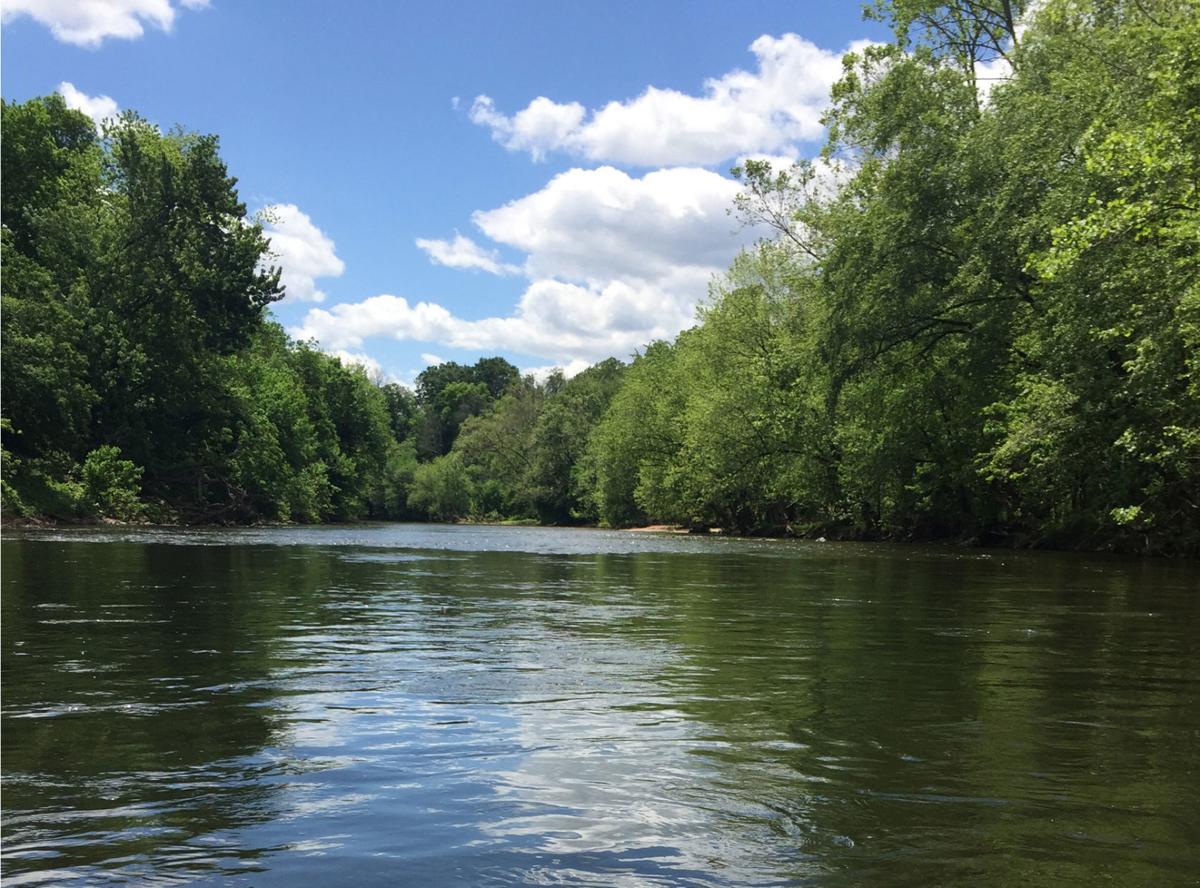Monocacy River

Nestled within the verdant landscapes of Maryland, the Monocacy River flows as a silent witness to centuries of human history and cultural evolution. It is tributary to the Potomac River. Beyond its natural beauty, the Monocacy holds a deep cultural significance, woven into the fabric of the communities and civilizations that have thrived along its banks. In this comprehensive exploration, we delve into the multifaceted reasons why the Monocacy River is culturally important, uncovering the rich tapestry of traditions, heritage, and connections that define its significance.
Indigenous Heritage:
For thousands of years, Indigenous peoples inhabited the lands surrounding the Monocacy River, leaving behind a legacy of cultural richness and connection to the land. The river served as more than just a source of sustenance; it was a spiritual center, a gathering place, and a conduit for trade and communication. Tribes such as the Susquehannock, Lenape, and Shawnee forged deep connections with the river, shaping their identities and cultural practices around its waters.
European Settlement and Exploration:
With the arrival of European settlers in the 17th century, the cultural landscape of the Monocacy River basin underwent significant transformation. Explorers, traders, and settlers navigated the river’s waters, establishing settlements and trading posts that laid the foundation for the region’s cultural heritage. Figures such as Captain John Smith, who mapped the Chesapeake Bay and its tributaries, and Thomas Cresap, a Maryland colonist and fur trader, played pivotal roles in shaping the early history of the Monocacy.
Agricultural Heritage:
As European settlers established farms and homesteads along the Monocacy River, agriculture became a cornerstone of the region’s cultural identity. The fertile soils of the river valley supported thriving agricultural communities, where farmers cultivated crops such as wheat, corn, and tobacco. The agricultural heritage of the Monocacy continues to be celebrated today through annual festivals, fairs, and events that honor the traditions of farming and rural life.
Industrialization and Urbanization:
In the 19th and early 20th centuries, the Monocacy River basin underwent rapid industrialization and urbanization, transforming the cultural landscape once again. Mills, factories, and other industrial enterprises sprang up along the river’s banks, fueled by the power of its waters and the abundance of natural resources. Towns such as Frederick and Brunswick emerged as centers of commerce and industry, attracting workers and entrepreneurs from far and wide.
Artistic and Literary Inspiration:
Throughout history, the Monocacy River has served as a muse and source of inspiration for artists, writers, and musicians alike. Painters such as Thomas Moran and writers such as Francis Scott Key found solace and inspiration in the river’s tranquil beauty, immortalizing its landscapes and vistas in their works of art and literature. The Monocacy continues to inspire creativity and expression, serving as a backdrop for outdoor concerts, art exhibits, and cultural events.
Environmental and Recreational Value:
In addition to its cultural significance, the Monocacy River plays a vital role in providing recreational opportunities and preserving natural habitats. Outdoor enthusiasts flock to its shores to enjoy activities such as hiking, fishing, boating, and birdwatching, immersing themselves in the beauty of its landscapes and the tranquility of its waters. Conservation efforts aimed at protecting the Monocacy and its surrounding ecosystems ensure that future generations can continue to appreciate its cultural and natural heritage.
Conclusion:
In conclusion, the Monocacy River is more than just a body of water; it is a cultural touchstone that reflects the rich tapestry of human history and heritage. From its Indigenous roots to its role in European exploration and settlement, from its agricultural legacy to its industrial heritage, the Monocacy embodies the spirit of resilience, adaptability, and connection that defines the communities and civilizations that have flourished along its banks. As we continue to explore and celebrate the cultural significance of the Monocacy, we gain a deeper appreciation for the enduring legacy that flows through its waters and the profound impact it has had on the lives and identities of those who call this region home.
Know More about the Monocacy River.
What are The Religious Places of the Monocacy River?
When Did The Monocacy River Basin Become a Focus?
Where is The Monocacy River Located?
Who Were The Key Historical Figures and Civilizations of The Monocacy River?
How to Reach Monocacy River?




